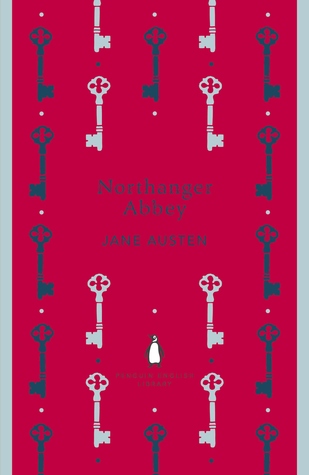 'To look almost pretty, is an acquisition of higher delight to a girl who has been looking plain the first fifteen years of her life, than a beauty from her cradle can ever receive'
'To look almost pretty, is an acquisition of higher delight to a girl who has been looking plain the first fifteen years of her life, than a beauty from her cradle can ever receive'During an eventful season at Bath, young, naïve Catherine Morland experiences the joys of fashionable society for the first time. She is delighted with her new acquaintances: flirtatious Isabella, who shares Catherine's love of Gothic romance and horror, and sophisticated Henry and Eleanor Tilney, who invite her to their father's mysterious house, Northanger Abbey. There, her imagination influenced by novels of sensation and intrigue, Catherine imagines terrible crimes committed by General Tilney. With its broad comedy and irrepressible heroine, this is the most youthful and optimistic of Jane Austen's works.
Catherine Morland is new to society and goes to Bath with friends of the family to be introduced. There she encounters a variety of people she's never had to face before; new friends, male attention, money-grabbing so and so's! She is very naïve, it's just insane. She cannot believe that new friend Isabella would ever say or do anything to hurt her or her family; her imagination goes wild when she learns of Mr Tilney's mother; and she desperately wants to believe the best in everyone she meets, even when they give her reason to think otherwise. But she's young and silly and so caught up Gothic novels that she can't see what's in front of her.
Reading it for what is probably the third time, I still love this book. It's definitely witty and clever, even if that's just Mr Tilney, and it satirizes the Gothic genre and pulls some reality back into our heroine. It is, of course, a romance, and Mr Tilney's wooing of Catherine is so sweet and so very typical Austen, you can't help but love it. I'm glad I re-read this, I think reading post-university has helped me see it with fresh eyes, and next up for the Classic's Challenge is the very-Austen Pride and Prejudice.
Published 29th November 2012 by Penguin. First published December 1817.

No comments:
Post a Comment